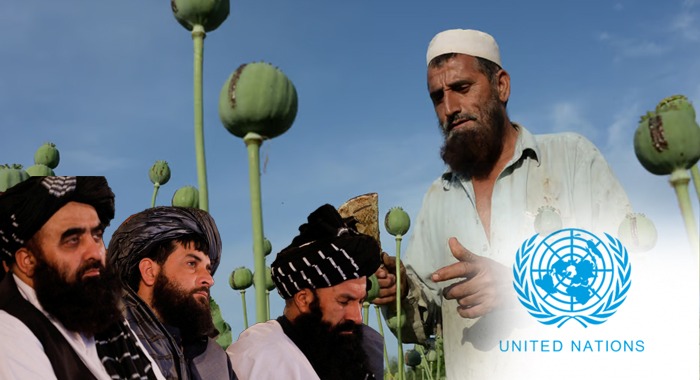Afghanistan has once again emerged as a global hub for narcotics production under Taliban rule, with the United Nations sounding alarm over a sharp surge in the manufacture and trafficking of synthetic drugs, particularly crystal meth (ice).
According to the latest joint report by the United Nations Development Programme (UNDP) and the United Nations Office on Drugs and Crime (UNODC), titled “Afghanistan Drug Insights 2025,” the country has rapidly transitioned from being the world’s leading opium producer to becoming a major center for synthetic drug manufacturing.
The report reveals that between 2017 and 2021, up to 30 tonnes of synthetic drugs originating from Afghanistan were seized globally. It further notes that a native shrub called Ephedra, found abundantly in the country’s western regions, is being used as the primary raw material for methamphetamine production.
Hundreds of small-scale drug laboratories are reportedly operating in Helmand, Farah, Herat, and Nimroz provinces, many of which are believed to function under the Taliban’s supervision or direct control. The UN has cautioned that Afghanistan has now become a central hub for regional and international narcotics trafficking, posing grave risks to Pakistan and the wider region.
Pakistani authorities have intensified their counter-narcotics operations in response. In a recent major operation in the Arabian Sea, the Pakistan Navy seized crystal meth and cocaine worth USD 972 million. According to official statements, the operation led to the recovery of 2.5 tonnes of crystal meth and 50 kilograms of cocaine from two vessels.
Analysts warn that the escalating drug production in Afghanistan is not only destabilizing regional peace but also threatening global security. The UN report cautions that without immediate and effective intervention, drug trafficking across South Asia and the Middle East could rise exponentially in the coming years.





